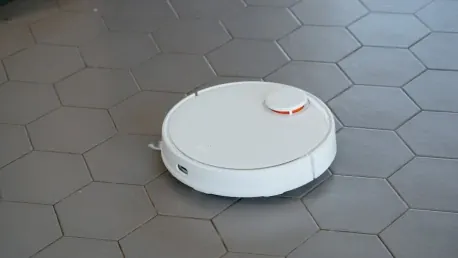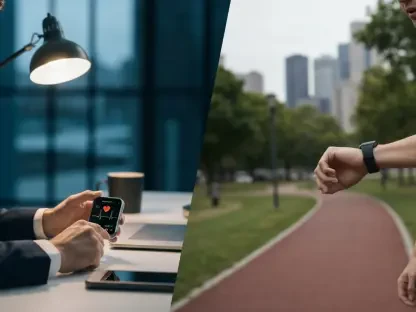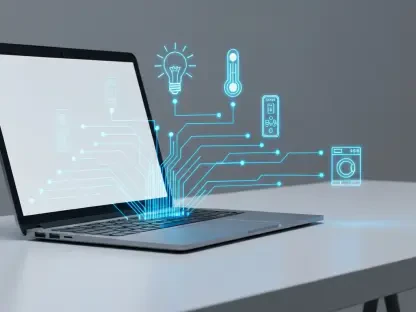In today’s digital age, smart home devices have become an integral part of our daily lives, offering unparalleled convenience and efficiency. However, as much as these devices simplify our routines, they also present significant privacy risks due to the extensive personal data they collect and transmit. Safeguarding your privacy in a smart home environment requires not only awareness of these potential risks but also proactive management of each device’s connectivity and data-sharing capabilities. This article explores practical steps to protect your personal information while still enjoying the benefits of advanced technology.
Understanding the Risks of Smart Home Devices
Smart home devices, from speakers to security cameras, are designed to make life easier. However, their constant connectivity to the internet makes them vulnerable to hacking and unauthorized access. Many of these devices collect data about your habits, preferences, and even your daily routines, which can be exploited if not properly managed. Understanding these risks is the first step in protecting your privacy.
One of the primary concerns is the potential for eavesdropping. Devices like smart speakers are always listening for wake words, which means they can inadvertently capture private conversations. Additionally, smart cameras and baby monitors can be hacked, allowing unauthorized individuals to view your home. By being aware of these risks, you can take proactive measures to mitigate them.
Managing Smart Speakers
Smart speakers, such as Amazon Echo and Google Nest, are popular for their voice-activated features. However, their always-on microphones can pose a significant privacy threat. To protect your privacy, consider turning off the microphone when the device is not in use. Most smart speakers have a physical button to disable the microphone, providing an easy way to prevent eavesdropping.
Another important step is to regularly delete voice recordings stored by these devices. Both Amazon and Google offer options to review and delete your voice history through their respective apps. Additionally, disabling features like “Continued Conversation” can further limit the amount of data these devices collect. By taking these steps, you can enjoy the convenience of smart speakers without compromising your privacy.
Securing Smart Kitchen Appliances
Modern kitchen appliances, such as refrigerators and ovens, often come with Wi-Fi capabilities. While these features can be useful, they also pose privacy risks. Many of these appliances collect data on your usage patterns and even track the contents of your fridge. To protect your privacy, consider disabling Wi-Fi on these devices unless absolutely necessary.
Evaluate the functionality of your smart kitchen appliances and determine if the Wi-Fi features are truly beneficial. In many cases, the convenience of remote control or monitoring may not outweigh the potential privacy risks. By selectively enabling Wi-Fi only when needed, you can reduce the amount of personal data these devices collect.
Ensuring Baby Monitor Security
Wi-Fi-enabled baby monitors offer the convenience of remote viewing, but they also come with significant security concerns. These devices can be vulnerable to hacking, potentially allowing unauthorized individuals to access the video feed. To enhance security, consider using baby monitors that operate on dedicated radio frequencies or have wired connections.
If you choose to use a Wi-Fi-enabled baby monitor, ensure that it has strong security features, such as encryption and password protection. Regularly update the device’s firmware to protect against known vulnerabilities. By taking these precautions, you can ensure the safety and privacy of your household.
Enhancing Security Camera Privacy
Security cameras are essential for home security, but their continuous recording and data transmission can pose privacy risks. To mitigate these risks, consider using wired security cameras or those with local storage options, such as SD cards. This reduces the need for constant Wi-Fi connectivity and minimizes the risk of unauthorized access.
When using Wi-Fi-enabled security cameras, ensure they are configured with strong passwords and encryption. Regularly update the firmware to protect against security vulnerabilities. Additionally, consider disabling remote access features if they are not necessary. By taking these steps, you can enhance the privacy and security of your home.
Protecting Printer Data
Wi-Fi-connected printers offer convenience, but they can also be susceptible to hacking, especially if they are infrequently used. To protect your data, consider disabling Wi-Fi connectivity and using wired connections instead. This reduces the risk of unauthorized access and ensures that your documents remain secure.
If you need to use Wi-Fi for printing, ensure that the printer is configured with a strong password and encryption. Regularly update the printer’s firmware to protect against known vulnerabilities. By taking these precautions, you can enjoy the convenience of wireless printing without compromising your privacy.
Managing Digital Photo Frames
Digital photo frames often connect to Wi-Fi for cloud storage and direct uploads, which can pose privacy concerns. To protect your personal photos, consider enabling Wi-Fi only when uploading new images and then disabling it. This limits the amount of time the device is connected to the internet, reducing the risk of unauthorized access.
Additionally, ensure that the digital photo frame is configured with strong security settings, such as password protection and encryption. By managing the Wi-Fi connectivity of your digital photo frame, you can enjoy displaying your favorite photos without compromising your privacy.
Safeguarding Robot Vacuum Data
In today’s digital age, smart home devices have seamlessly woven themselves into the fabric of our daily lives, providing unmatched convenience and efficiency. These gadgets, ranging from intelligent thermostats to voice-activated assistants, promise to simplify our routines and boost our overall quality of life. However, it’s essential to recognize the substantial privacy risks associated with these devices, given their capacity to collect and transmit vast amounts of personal data.
To safeguard your privacy within a smart home environment, it’s imperative to be aware of these potential risks and take proactive measures. One crucial step is to manage each device’s connectivity and data-sharing settings meticulously. Regularly review and adjust the privacy settings, ensuring only necessary information is shared. Additionally, using strong, unique passwords for each device can significantly reduce the risk of unauthorized access.
Implementing measures like setting up a separate network for smart home devices can add an additional layer of security, preventing your primary network from being compromised in case of a breach. It’s also wise to keep your devices updated with the latest firmware, as manufacturers often release patches to close security vulnerabilities.
Despite the privacy concerns, it’s entirely possible to enjoy the myriad benefits of smart home technology while maintaining control over your personal information. By staying vigilant and adopting these best practices, you can fully leverage the convenience of smart home devices without sacrificing your privacy.









